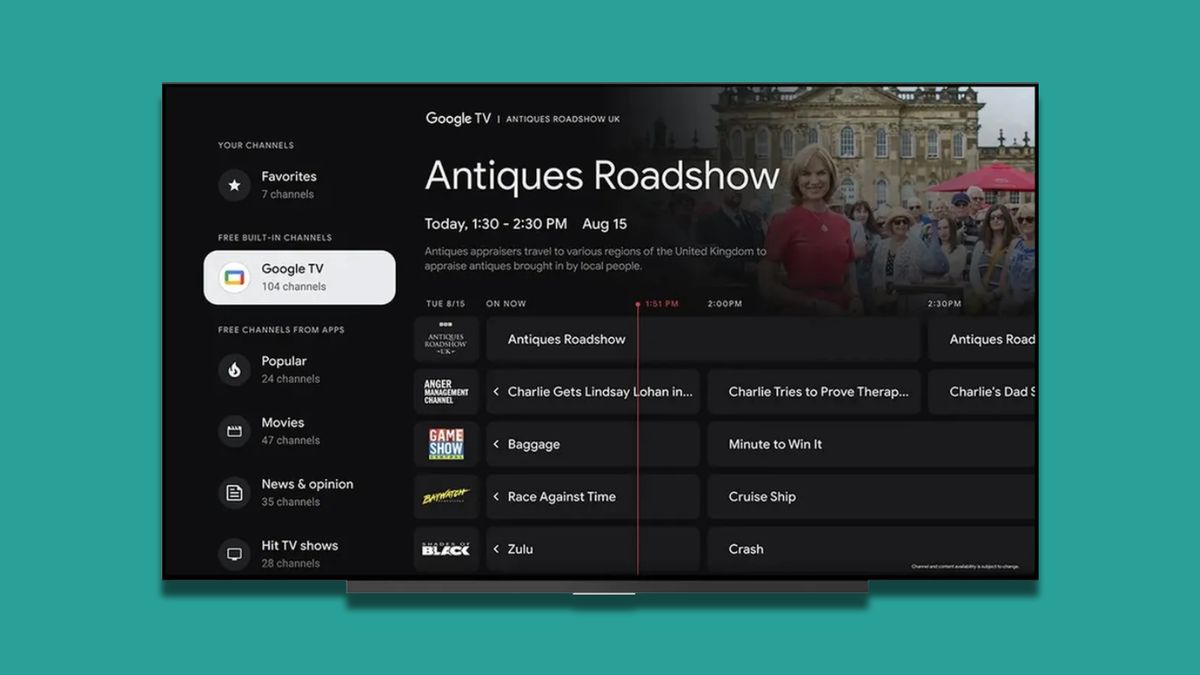Spreadsheets, once hailed as essential business planning tools, are playing an increasingly important role but are facing increasing scrutiny for their shortcomings and potential risks.
While 55% of organizations worldwide still use spreadsheets, such as Excel, for at least half of their business planning, a recent Board International survey found that this reliance has serious drawbacks, including inadequate data governance and quality, a lack of contemporary tools and technology, and hampered teamwork.
In this article, we'll discuss the three main obstacles to static spreadsheets, provide tips on how businesses can use Excel web apps to overcome these obstacles, and suggest ways to turn spreadsheets into web apps. Let's dive deeper into the topic.
Vice President of Business Development at EASA Software.
The three main obstacles to planning with static spreadsheets
Businesses can face a number of challenges when relying on static spreadsheets for their planning needs. Here are the top three challenges:
1. Spreadsheets may contain errors: Complex calculations, copying and pasting data, and manual data entry can all lead to errors that reduce data quality. Furthermore, without strong governance, it can be difficult to preserve data integrity, often leading to inconsistent and unreliable information. This has been demonstrated by the Global Planning Survey, which found that 44% of respondents cited susceptibility to human error as their biggest source of annoyance.
2. Shortage of modern tools and technology: Static spreadsheets lack the sophisticated features needed for flexible business planning. They have little ability to integrate with current analytics tools and do not offer real-time insights. The technology gap can make it difficult for a business to act quickly and decisively. According to the survey, to facilitate decision-making, 100% of businesses intend to implement or grow technology solutions such as workflow automation, data integration, and AI-powered tools over the next 12 to 18 months.
3. Limited cooperation: Spreadsheets are not designed for collaborative work and tend to be compartmentalized. Confusion can arise if there are multiple versions of the same document, and decision-making processes can take longer when there are no real-time collaborative elements. 28% of respondents cited a lack of cooperation as a notable obstacle during the planning phase.
Overcoming barriers using Excel web apps:
Excel web apps offer a revolutionary way to overcome the challenges mentioned above. By transforming conventional spreadsheets into secure and streamlined web applications, businesses can improve their data quality, take full advantage of modern technology, and promote collaboration.
Below are some of the benefits of using Excel Web Apps
1. Improve data quality and web governance
Web applications provide a regulated environment where data integrity is ensured through software-based processes and verification requirements. This reduces the chance of human error and provides users with accurate and up-to-date information. Web applications can also implement data governance principles, which allow for auditing and monitoring of data entry.
2. Includes contemporary tools and technologies.
Many business intelligence and analytics technologies can be easily integrated with Excel web apps. This connectivity enables real-time data processing and sophisticated analysis, providing businesses with the insights they need to react quickly to market changes. For this reason, businesses can take advantage of cloud computing, big data, and AI-based analytics by migrating to a web-based platform.
3. Promotes cooperation
Real-time collaboration is done through web applications, allowing multiple users to work on the same set of data at the same time. This improves team productivity and eliminates the confusion caused by different versions of the same document. The collaboration process is further streamlined by features like role-based access and user permissions, which ensure that each person has the right amount of access.
How to convert spreadsheets into web applications in a practical way
Moving from static spreadsheets to dynamic web applications can significantly improve corporate planning. The following five steps can help you navigate this process:
1. Evaluate the use of the spreadsheet
Start by assessing your company's current use of spreadsheets. Identify the workflows and procedures that rely most heavily on them, as well as their drawbacks and restrictions. Set priorities starting with those spreadsheets that are most critical to the organization.
2. Select the right platform
Choose a web application platform based on your business needs. For example, some platforms specialize in converting pre-existing Excel spreadsheets into secure online applications, ensuring a smooth transition without the need to rebuild models from scratch. Other platforms may offer unique features such as advanced data integration, real-time collaboration, or customizable user interfaces, providing diverse solutions tailored to different business needs.
3. Organize the change
Create a detailed plan for transferring data from spreadsheets to web applications. To ensure a smooth adoption process, this strategy should include timelines, resource allocation, and training initiatives.
4. Train your team
Provide your team with detailed instructions on how to use the new web application tools. Make sure all users are comfortable with the new procedures and highlight the benefits of the new system.
5. Stay alert
Once the transfer is complete, monitor the functionality of the online applications and request feedback from users. Make necessary changes and improvements based on this feedback to increase efficiency and user satisfaction.
The final result
Companies looking to improve their planning procedures can take a major step forward by switching from static spreadsheets to dynamic Excel web applications. By resolving obstacles related to data quality, technological limitations, and cooperation issues, companies can continue to leverage the inherent advantages of Excel spreadsheets while substantially increasing the return on investment and commercial viability of these assets.
We have presented the best software for small businesses.
This article was produced as part of TechRadarPro's Expert Insights channel, where we showcase the brightest and brightest minds in the tech industry today. The views expressed here are those of the author, and not necessarily those of TechRadarPro or Future plc. If you're interested in contributing, find out more here:









